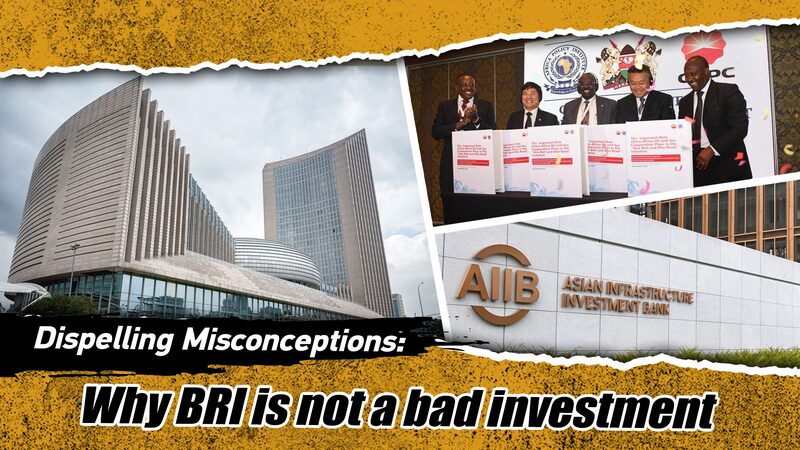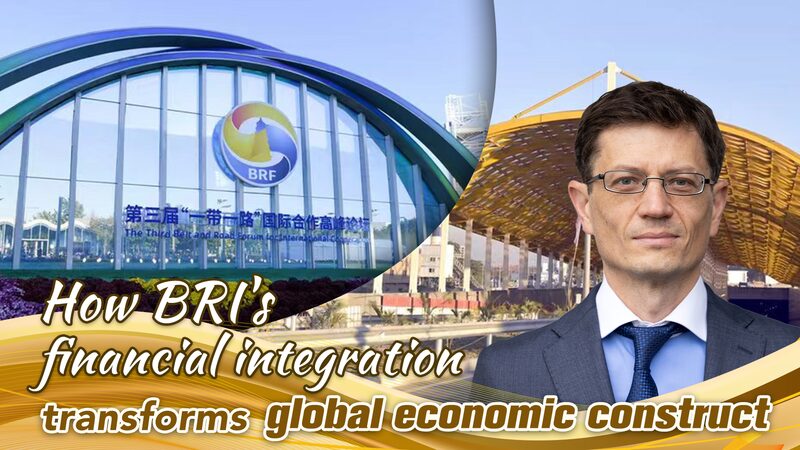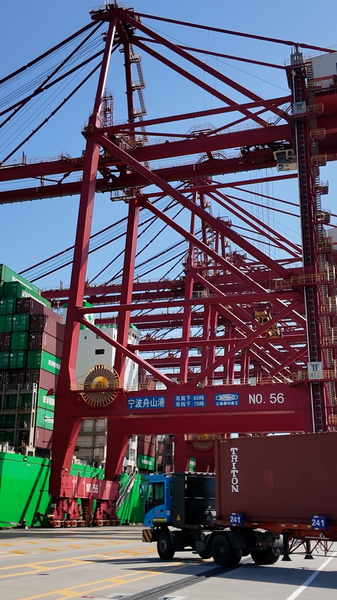Is the Belt and Road Initiative really a bad bet? Let’s unpack the facts ⚖️
For 10 years, Western critics have branded China's Belt and Road Initiative (BRI) as unsustainable – but the numbers tell a different story. With nearly $1 trillion invested across 150+ countries, BRI has become a lifeline for developing economies craving infrastructure upgrades and global market access. 💡
Beyond 'quick wins': Building economies for tomorrow 🏗️
While critics like ESSEC Business School’s Jamus Lim claim BRI projects have 'diminishing returns,' Kazakhstan’s transformation proves otherwise. A 2020 World Bank report found BRI corridors:
- ⏱️ Cut shipment times by 8%
- 💰 Reduced trade costs by 4%
- 📈 Boosted GDP by 6.5% (infrastructure improvements alone)
\"These routes are game changers,\" the report states, projecting a potential 15% GDP boost from enhanced trade policies.
Why developing nations are doubling down 🌱
From Kenya’s Mombasa-Nairobi Railway to Indonesia’s Jakarta-Bandung High-Speed Rail, BRI isn’t just about concrete and steel. It’s enabling:
- 🔌 Energy access for 23 million households
- 📱 Tech transfer to local businesses
- 🌐 Supply chain integration for SMEs
As one Nairobi-based entrepreneur told us: \"BRI projects taught us to build highways – now we're building our future.\"
Reference(s):
cgtn.com





